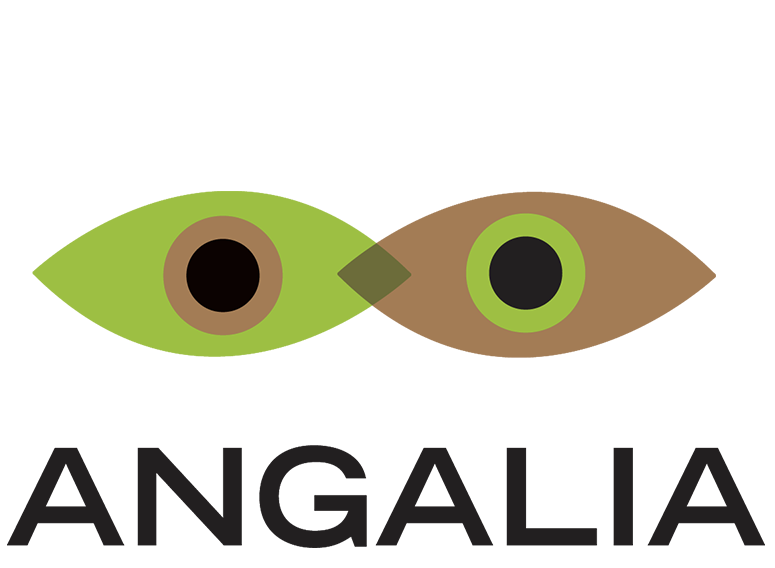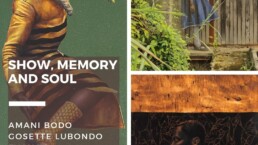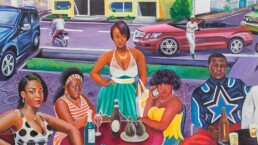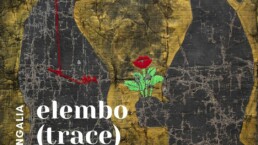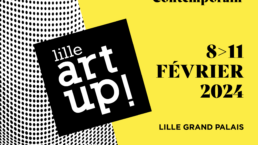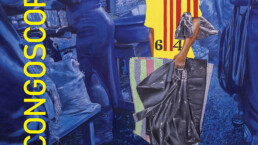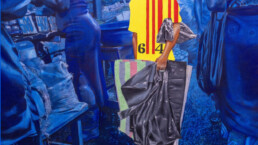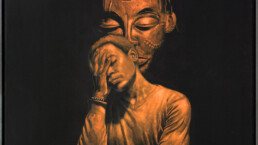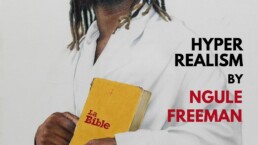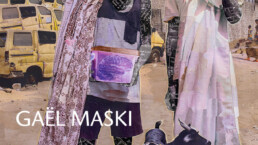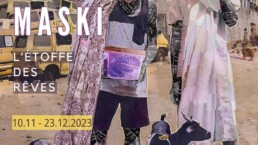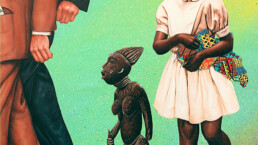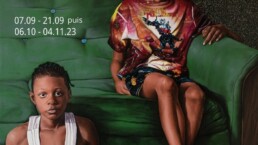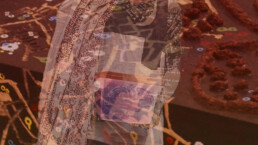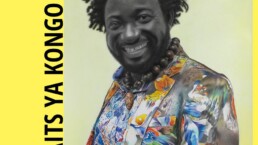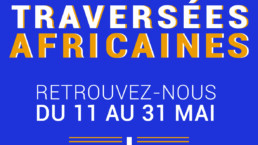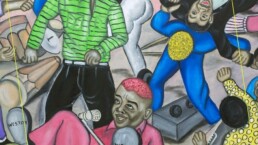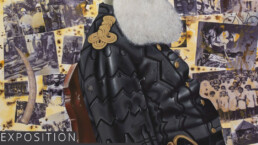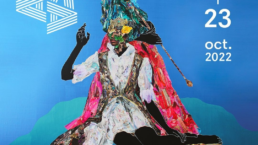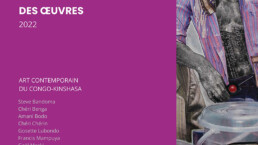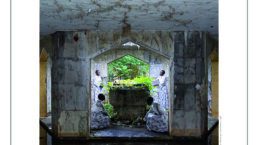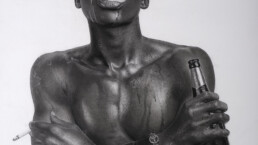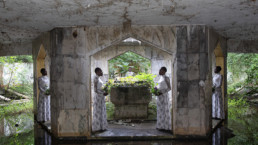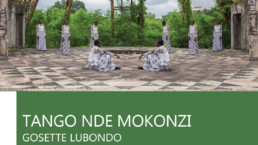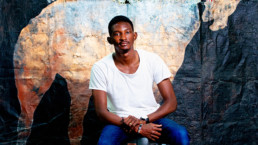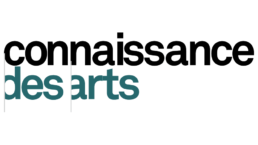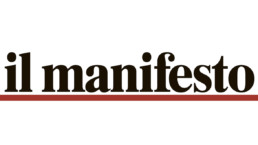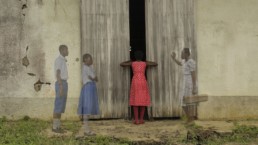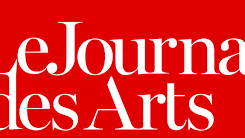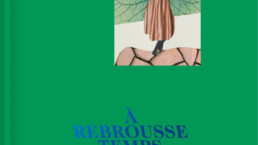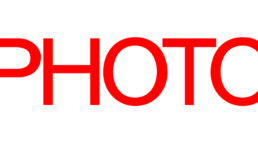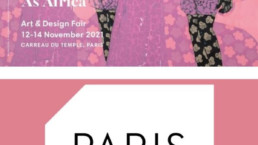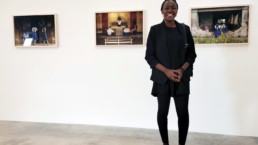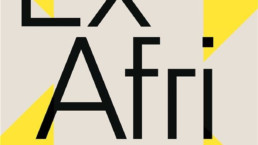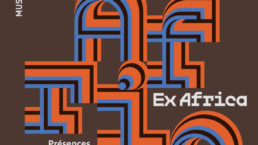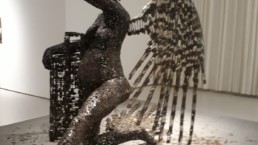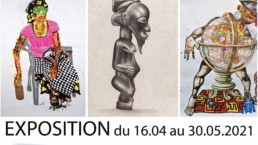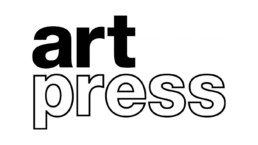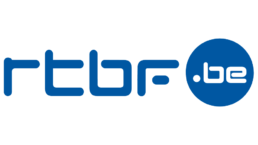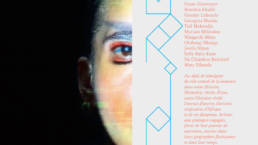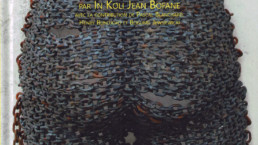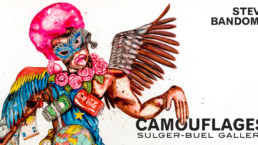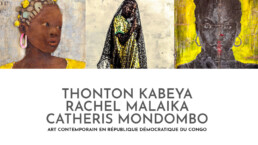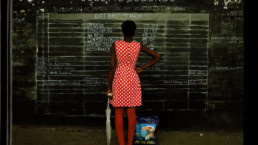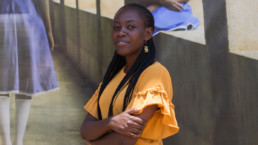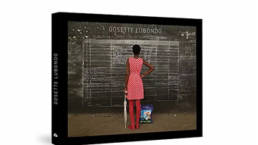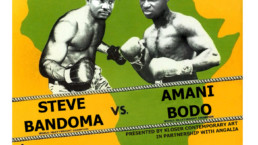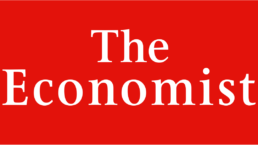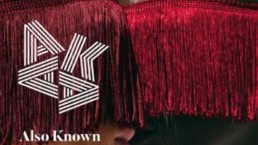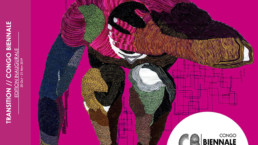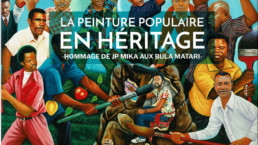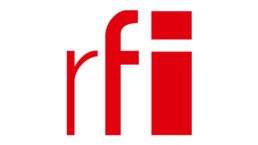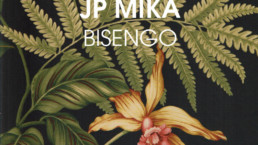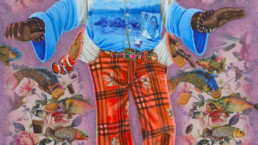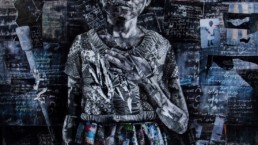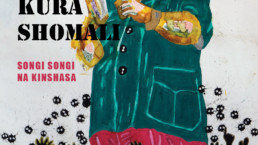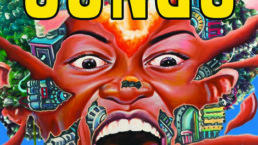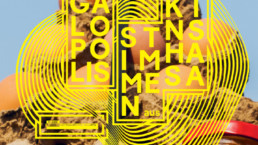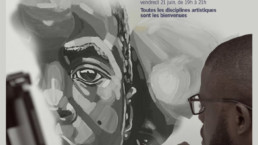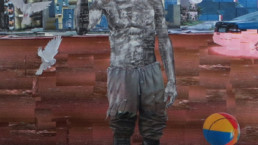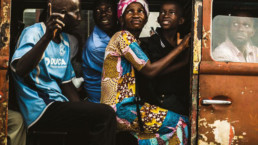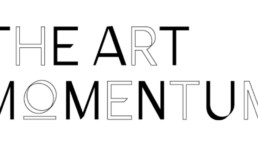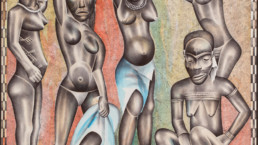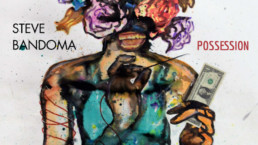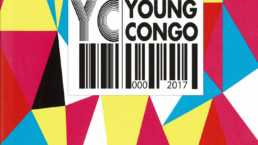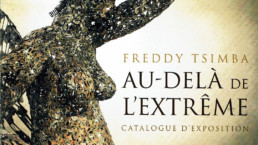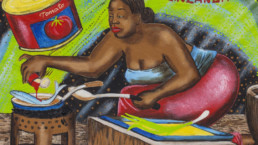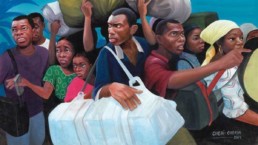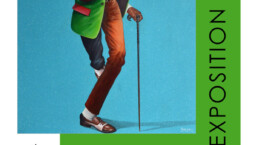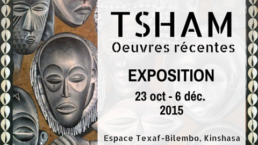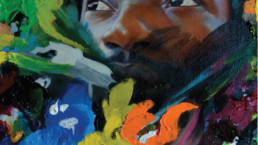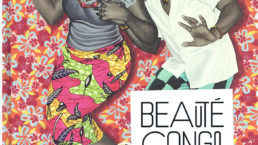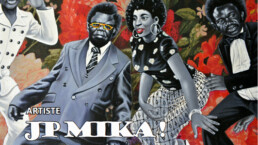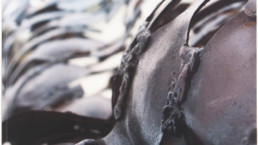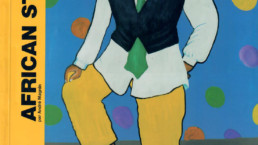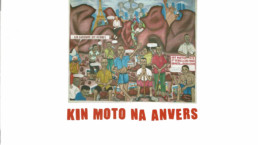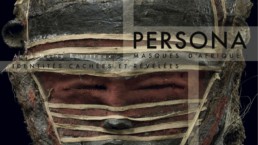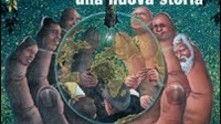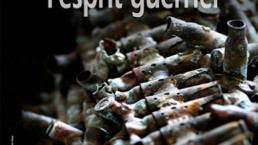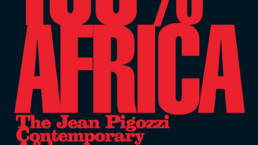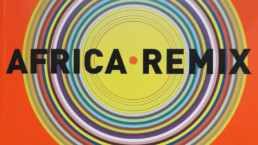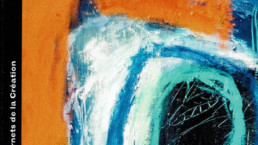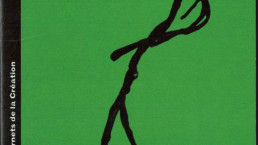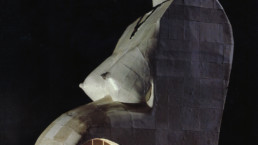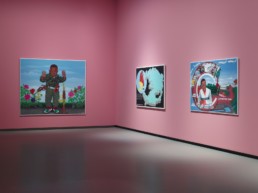Africa is changing. It is displaying the first signs of an extraordinary transformation.
Just one or two decades ago, African art was epitomised by masks and statuettes for most art lovers. Although tribal art has made a major contribution to Africa receiving artistic recognition, it no longer overshadows contemporary creation.
As both witnesses and agents of change, the artists depict an Africa that is opening up to the world and is now seeking to fully express itself, both economically and artistically.
VERSION MOBILE
Africa is changing. It is displaying the first signs of an extraordinary transformation.
Just one or two decades ago, African art was epitomised by masks and statuettes for most art lovers. Although tribal art has made a major contribution to Africa receiving artistic recognition, it no longer overshadows contemporary creation.
As both witnesses and agents of change, the artists depict an Africa that is opening up to the world and is now seeking to fully express itself, both economically and artistically.
Increasingly visible contemporary creation
The Magicians of the Earth (1989) and Africa Remix (2005) exhibitions are commonly cited as being milestone events in the process of raising the profile of contemporary African art, particularly in France. However, a profound change took place in the 2010s.
From an art market perspective, the decade was marked by the creation of specialised annual fairs – 1:54 in London in 2013, and subsequently in New York and Marrakech, AKAA in Paris as of 2015 – and by the major auction houses regularly holding sales dedicated to the continent (PIASA, Sotheby’s and others).
As for institutions, museums have finally started to include contemporary African artwork in their permanent collections (Centre Pompidou, Tate Modern, MoMA). This decade also saw the advent of the Venice Biennial in Africa, and a rise in the number of exhibitions devoted to African art: following the great success of the Beauté Congo exhibition in 2015 at the Fondation Cartier in Paris, 2017 will be remembered in France for an unprecedented cultural programme, with events including Africa being showcased by Art Paris, the Afriques capitales exhibitions in Paris and Lille, and the Art/Afriques, le nouvel atelier major exhibition at the Fondation Louis Vuitton. Since then, there have been countless events showcasing African contemporary creation. In 2021, the Africa2020 season, postponed due to covid-19, marks a new turning point in the visibility and recognition of African artists in France.
Contemporary African art:a market under construction
Of course, there is still a lot to be done. One weakness is the situation in Africa where, with South Africa being the sole exception, the internal market is still too small to support artists and foster the creation of a market infrastructure. A tangible sign, however, alongside a handful of well-established events (such as Dak’Art or the Bamako Encounters), today new initiatives are emerging and tend to be private, with their aim being to support and raise the profile of contemporary creation in several countries. Biennials, galleries, museums and arts centres are gradually getting off the ground in Nigeria, Côte d’Ivoire, Benin, Morocco, Cameroon, and Ghana.
The ongoing weaknesses also constitute opportunities. They are encouraging African artists to forge international connections, which also helps to step up the pace of their inclusion into the international market. From an economic perspective, contemporary African art has all the characteristics of an emerging market. The number of initiatives is growing, creativity is intense, yet prices remain very affordable. For art collectors, now is the time to enter the market.
Press review
Online media review of contemporary african art
The number of initiatives, perspectives, artistic practices and people involved in promoting contemporary African art is growing. An online media review (in French) tracks the different dimensions of the development of contemporary African art:
